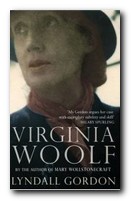love, literature, and friendship Bloomsbury-style
The title of this book is letters to Virginia Woolf – but this is so misleading, that I have changed it for the title of this review. This is a fully reciprocated exchange between these two writers – both of letters and affection. And as in many love affairs the power passes from one to the other and back again. Their relationship began in 1923 around the time that Hogarth Press was publishing Vita Sackville-West’s improbably titled novel, Seducers in Ecuador.
 Their early letters are friendly and flattering, with just a touch of flirtation which gives a hint of Things to Come. But once the deed is done, the flattery is replaced by practical arrangements for meeting up, plus a fear that their secret might have been uncovered by Clive Bell. The amazing thing is that for all the sexual pluralism and bisexuality of the Bloomsbury group, they went to a lot of trouble to preserve the semblance of respectability.
Their early letters are friendly and flattering, with just a touch of flirtation which gives a hint of Things to Come. But once the deed is done, the flattery is replaced by practical arrangements for meeting up, plus a fear that their secret might have been uncovered by Clive Bell. The amazing thing is that for all the sexual pluralism and bisexuality of the Bloomsbury group, they went to a lot of trouble to preserve the semblance of respectability.
The second phase of the affaire is largely Vita’s travelogue as she journeys to join her husband Harold Nicolson in Tehran where he had been posted to the British Legation by the Foreign Office.
When she gets back to the UK, it’s a good thing we have editorial commentary, because you would not guess from the content of the letters that she had transferred her romantic affection to Dorothy Wellesley, just as later, whilst protesting in every letter how much she missed and was very much in love with Virginia, she was also in love with Mary, wife of South-African poet Roy Campbell – an affair which in true Bloomsbury style, she eventually tells Virginia all about.
There’s no detail of what or how much went on in physical terms between them, but to make up for this there is plenty of intelligent comment on the profession of literature passing between these two women who were after all both commercially successful authors. Virginia asks Vita about the difference between poetry and prose:
I don’t believe there is any, with all due respect to Coleridge … All too often the distinction leads people to think they may mumble inanities which would make them blush if written in good common English, but which they think fit to print if spilt up into lines.
In addition, we get all sorts of quaint period details: Hillaire Belloc buying 2,000 bottles of wine at twopence halfpenny a bottle [for younger readers, that’s one penny in today’s money]; six-day cycle racing in Berlin; Vita cutting down an oak tree for fuel during the General Strike; buying an island in the South Seas for five pounds; and Virginia engaged in the joys of early motoring:
Off for our first drive in the Singer: the bloody thing wouldn’t start. The accelerator died like a duck – starter jammed … At last we had to bicycle in and fetch a man from Lewes. He said it was the magnetos – would you have known that?…
Vita’s letters from Tehran are rich and entertaining, and she is much given to Proustian ‘reflections’:
I have come to the conclusion that solitude is the last refuge of civilised people. It is much more civilised than social intercourse, really, although at first sight the reverse might appear to be the case. Social relations are just the descendants of the primitive tribal need to get together for purposes of defence; a gathering of bushmen or pygmies…
In the middle of all this, both women were writing and publishing at a prodigious rate: Vita’s long award-winning poem The Land and her two travel books, Passenger to Tehran and Twelve Days: Virginia’s Mrs Dalloway, The Common Reader, and To the Lighthouse.
The publication of Orlando made them both famous (“The percentage of Lesbians is rising in the States, all because of you”). Yet despite this, you can sense Virginia’s gradual withdrawal, hurt by Vita’s repeated ‘infidelities’ with other women. In the end, the older, less sexually experienced, and more talented woman retreated into her safer world of the intellect.
They continued to meet and correspond through the 1930s, but the sparkle had gone out of things. Vita moved on to relationships with BBC radio producer Hilda Matheson and others, and Virginia became the love object of pipe-smoking lesbian composer Ethel Smyth.
Despite Vita’s snobbery, her emotional cruelty and hauteur (“the BBC – which I look on as my pocket borough”) in the end I warmed to her sheer exuberance, her energy and inventiveness, her intelligence and creative impulse. This is a wonderfully stimulating record of exchanges between oustanding personalities which has quite rightly become a classic of its kind.
© Roy Johnson 2000
Louise de Salvo and Mitchell A. Leaska, The Letters of Vita Sackville-West to Virginia Woolf, London: Macmillan, 1985, pp.473, ISBN 1853815055
More on Virginia Woolf
More on the Bloomsbury Group
More on Vita Sackville-West
More on the novella
More on literary studies

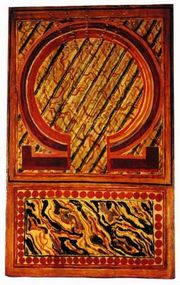 It opened in 1913 at the worst possible time in commercial terms, at 33 Fitzroy Square in the heart of Bloomsbury.
It opened in 1913 at the worst possible time in commercial terms, at 33 Fitzroy Square in the heart of Bloomsbury. 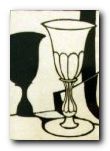 At the launch of the project, artist and writer Wyndham Lewis was also a member; but he quickly split away from the group in a dispute over Omega’s contribution to the Ideal Homes Exhibition. Lewis circulated a letter to all shareholders, making accusations against the company and Roger Fry in particular, and pouring scorn on the products of Omega and its ideology. This subsequently led to his establishing the rival Vorticist movement and the publication in 1916 of its two-issue house magazine, BLAST.
At the launch of the project, artist and writer Wyndham Lewis was also a member; but he quickly split away from the group in a dispute over Omega’s contribution to the Ideal Homes Exhibition. Lewis circulated a letter to all shareholders, making accusations against the company and Roger Fry in particular, and pouring scorn on the products of Omega and its ideology. This subsequently led to his establishing the rival Vorticist movement and the publication in 1916 of its two-issue house magazine, BLAST.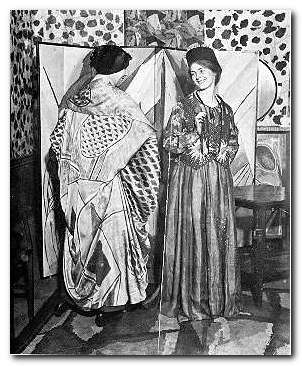
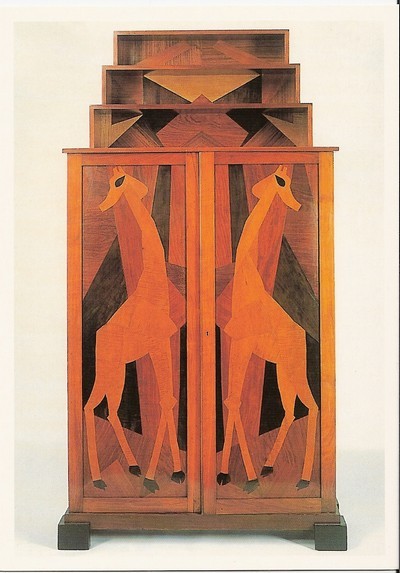
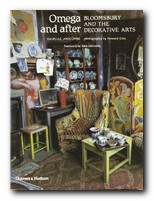
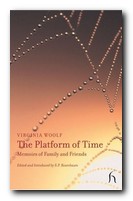
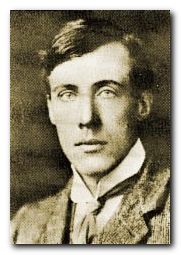
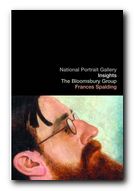 The Bloomsbury Group is a short but charming book, published by the National Portrait Gallery. It explores the impact of Bloomsbury personalities on each other, plus how they shaped the development of British modernism in the early part of the twentieth century. But most of all it’s a delightful collection of portrait paintings and photographs, with biographical notes. It has an introductory essay which outlines the development of Bloomsbury, followed by a series of portraits and the biographical sketches of the major figures.
The Bloomsbury Group is a short but charming book, published by the National Portrait Gallery. It explores the impact of Bloomsbury personalities on each other, plus how they shaped the development of British modernism in the early part of the twentieth century. But most of all it’s a delightful collection of portrait paintings and photographs, with biographical notes. It has an introductory essay which outlines the development of Bloomsbury, followed by a series of portraits and the biographical sketches of the major figures.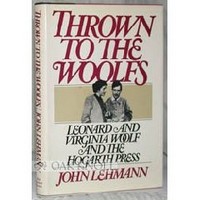
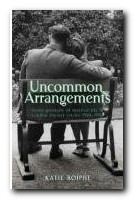
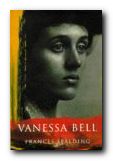
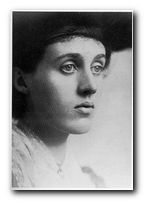 Vanessa Bell (1879-1961) is best known as the sister of
Vanessa Bell (1879-1961) is best known as the sister of 
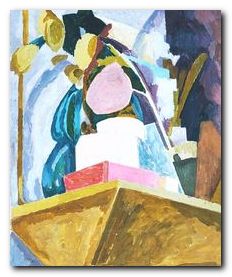 Clive Bell came to visit his sons, and Virginia and Leonard Woolf lived only four miles away. Other guests included
Clive Bell came to visit his sons, and Virginia and Leonard Woolf lived only four miles away. Other guests included 
